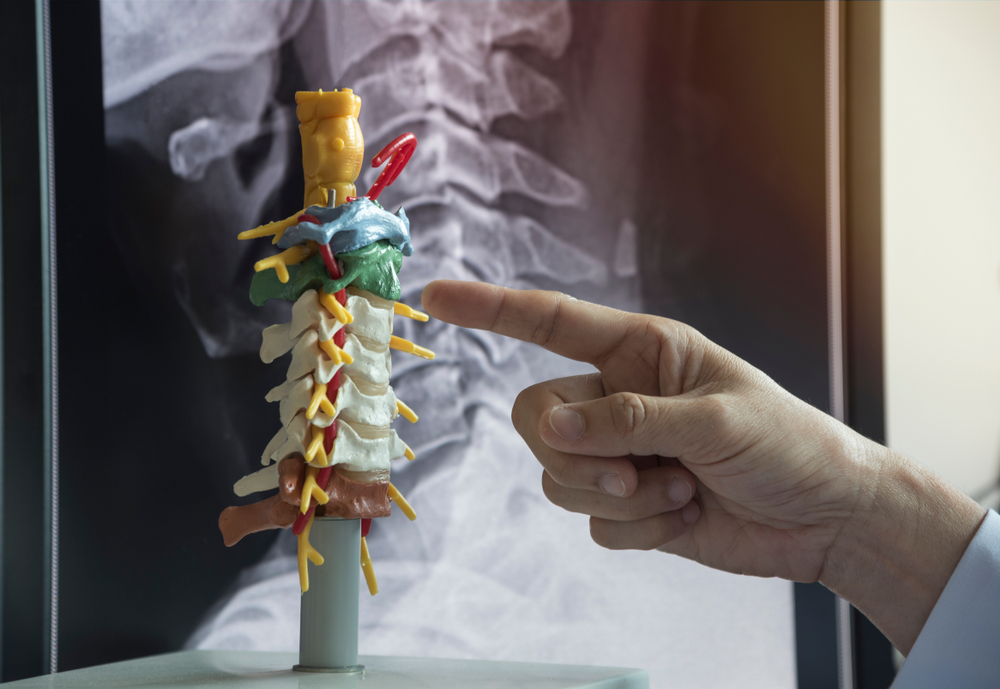
It is a fairly well-known fact in the cardiac community that women have higher morbidity and mortality associated with coronary artery bypass (CABG) procedures. The reasons traditionally given for this disparity include women’s relatively smaller vasculature, higher incidence of anemia, and smaller circulating blood volume. Early in 2016, we in the Medical Department were discussing this phenomenon and decided to design a study using the robust data from our SpecialtyCare Operative Procedural Registry to find something in the intraoperative space that might be leading to these very different post-operative outcomes for men and women. Our findings were somewhat surprising.

The role of an expert IONM team is critical in the timely identification of adverse neurophysiologic changes and in promoting corrective action by the surgeon and anesthesiologist. Our research is based on clinical IONM data from SpecialtyCare’s Operative Procedural Registry. Taking advantage of big data—nearly 70,000 cases in this study—ensures that our conclusions are statistically significant, a vital aspect of evidence-based improvement in healthcare. It was an honor to present this study to such a prestigious group of surgeons at NASS and, in doing so, provide actionable information to help elevate the quality of care across the country.

It’s not surprising that surgeons report high levels of burnout and a lack of professional satisfaction; nor is it surprising that the problem is getting worse. This creates concern for both the well-being of surgeons and the quality of patient care. As with other problems that might seem overwhelming, however, small adjustments can make a big difference. Here are some ways you can move the needle on surgeon satisfaction and, by extension, create efficiencies, lower costs, and realize better patient outcomes.

Our intraoperative neuromonitoring (IONM) research studies show that IONM helps keep patients safe during surgery, decreases complications, and reduces costs associated with the use of analgesics, length of hospital stay, neurorehabilitation, and long-term chronic care. One such study, Neurologic Outcomes Following Differential Resolution of Neuromonitoring Alerts during Extradural Spine Surgery, examines the relationship between reversal of intraoperative neurophysiologic change and neurologic outcome following segmental spine surgery.

The source of nosocomial infections can be elusive. For investigators, infections stemming from slow-growing bacteria are particularly difficult to identify and combat when symptoms do not present for months, or sometimes even years, after exposure. Add to these challenges the severity of potentially deadly infections and a bacterial outbreak can have devastating consequences. Such is the case with nontuberculous mycobacteria (NTM).

Excellence in sterile processing management is fundamental to a well-run operating room. It supports on-time starts, surgeon satisfaction, and overall efficiency—all of which translate to financial results. But, most importantly, effective sterile processing management reduces the occurrence of healthcare-acquired infections (HAIs), which can significantly harm the patients entrusted to your care.

When I learned of a concern regarding Nontuberculous Mycobacteria (NTM) infections from use of LivaNova’s (previously Sorin) 3T heater-coolers and a change in their Instructions for Use (IFUs), I brought it to the attention of my OR Director at Memorial Medical Center. The situation has led to the development of best practices in team collaboration and infection control.

There’s good reason why I don’t roof my own house or fly my own plane. I rely on others for their specialized skills, experience, and economies of scale—knowledgeable people focused on specific activities that ensure quality and safety, keep costs in check, and know the codes and regulations that must be followed. Today, more than ever, we rely on specialization to get things done. Healthcare is no different. In fact, healthcare may be one of our best examples of an industry that can benefit significantly from specialized teams.
